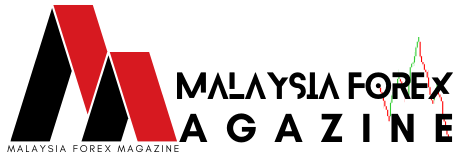April 17, 2024 | New York
The US dollar surged to a five-month high against major currencies on Friday as Federal Reserve Chair Jerome Powell signaled the possibility of higher interest rates for an extended period. Powell’s remarks came as a response to mounting inflationary pressures and a robust economic recovery, bolstering expectations for a more aggressive monetary policy stance.
The dollar index, which measures the greenback against a basket of six major currencies, climbed to 98.50, its highest level since November 2023. The rally in the dollar was widespread, with gains recorded against the euro, yen, pound sterling, and other major currencies.
Powell’s comments, delivered during a virtual conference hosted by the International Monetary Fund, underscored the Fed’s commitment to combating inflation and maintaining price stability. He emphasized that the central bank stands ready to take necessary action, including raising interest rates, to ensure that inflation remains under control.
“Inflation has exceeded our expectations, and we are prepared to use our tools to bring it back to our 2% target over time,” Powell stated. He acknowledged that the Fed may need to implement “higher rates for longer” to achieve its objectives, indicating a potentially more hawkish stance than previously anticipated.
The prospect of tighter monetary policy in the United States has fueled investor optimism about the dollar’s outlook. Higher interest rates tend to attract foreign capital inflows, bolstering demand for the currency. Moreover, a stronger dollar could help alleviate inflationary pressures by reducing the cost of imported goods.
The Federal Reserve has already commenced its monetary tightening cycle, raising interest rates twice since the beginning of the year. Market participants are now closely monitoring policymakers’ signals for further rate hikes and the pace of tightening in the coming months.
The dollar’s rally has implications for various asset classes, including stocks, bonds, and commodities. Equities may face headwinds as higher borrowing costs could dampen corporate profitability, while fixed-income securities could experience downward pressure on prices amid rising yields. On the other hand, commodities priced in dollars, such as gold and oil, may come under pressure as the greenback strengthens.
Analysts warn that while a stronger dollar may benefit certain segments of the economy, it could also pose challenges for exporters and emerging market economies heavily reliant on dollar-denominated debt. Moreover, rapid appreciation of the dollar could lead to currency volatility and disrupt global financial markets.
As the Federal Reserve navigates the delicate balance between supporting economic growth and taming inflationary pressures, market participants remain on edge, awaiting further guidance from policymakers. The trajectory of the dollar and its impact on global markets will continue to be closely monitored in the weeks ahead.










